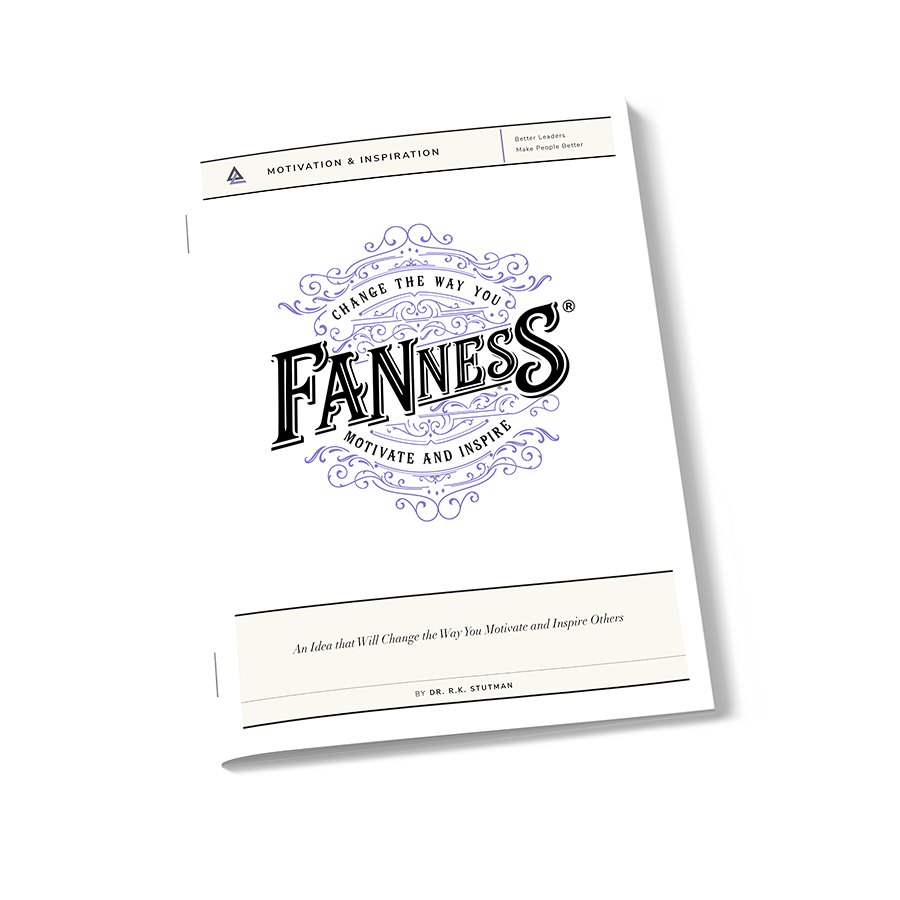In the contemporary workplace, involving team members in decisions and organizational changes is of paramount importance.
Leaders have learned that without understanding, buy-in, and subscription to goals, decisions, and strategy, execution becomes lackluster.
To keep everyone included, engaged, and involved, good leaders and organizations work hard to create a highly collaborative culture.
The odds are your organization is much more connected and collaborative today than it was even a decade ago.
The introduction of remote work has made team member involvement even more critical. As a result, alignment and productivity in most organizations have typically increased substantially.
So far, so good.
But some organizations and teams are so committed to collaboration that they go too far.
In these workplaces, the problem is not that team members communicate too little with each other but that they engage too much.
Overcollaboration is a serious issue and manifests itself in slow and ineffective decision-making and an endless stream of unproductive meetings.
In organizations plagued by overcollaboration, leaders and team members spend too much time and energy in teamwork activities, such as meetings, emails, group chats, and coordination efforts.
This collaboration overload reduces productivity and job satisfaction, leading to mental exhaustion and apathy.
Here are the four most common signs of overcollaboration:
Decisions across the organization include and involve too many people. This complicates the decision-making process and slows down the ability to act quickly to address problems and opportunities.
Too many voices on any decision make it virtually impossible to reach consensus on anything of importance.
Group chats to coordinate efforts and share knowledge become more important than the work itself. More time is spent communicating and coordinating than actually getting the work done. Essential tasks are often left unfinished because collaboration activities fill the day.
The default across the organization is to copy too many people on emails. Most of the leaders and team members who are copied are unconnected to the issue, but they feel compelled to read what has been sent to them, creating a huge distraction that dilutes their focus and interrupts their work. This constant email traffic overwhelms people and makes them far less productive.
Meetings to prepare for upcoming meetings are commonplace. The importance of meetings in an organization experiencing overcollaboration is so high, team members feel compelled to meet so that they can plan for them.
Getting everyone up to speed and ready to contribute prior to the meeting seems like essential work, so meetings to talk about the upcoming meeting are commonly called.
While this can be a good idea for high-level strategy meetings, when it occurs for less serious issues, people are pulled away from their work unnecessarily, making them far less productive and convincing them that meetings matter most.
While organizations are increasingly committed to collaboration, overdoing it has real consequences. Finding the right balance between teamwork and focused individual work is crucial to sustaining productivity and engagement.
If your organization overcollaborates, creating new norms is critical for long-term success. Deciding not to overcollaborate is all about setting workplace expectations that prevent it.
Of course, if your instinct is to involve too many people in such a decision, it likely will never see the light of day. That is strong evidence that you truly have an overcollaboration problem.

The Signs of Overcollaboration
Sign-up Bonus
Enter your email for instant access to our Admired Leadership Field Notes special guide: Fanness™—An Idea That Will Change the Way You Motivate and Inspire Others.
Inspiring others is among the highest callings of great leaders. But could there be anything you don’t know, you haven’t heard, about how to motivate and inspire?
Could there really be a universal principle that the best leaders follow? A framework that you could follow too?
There is.
Everyone who signs up for Admired Leadership Field Notes will get instant access to our special guide that describes a powerful idea we call Fanness™ (including a special 20-minute video that really brings this idea to life).
